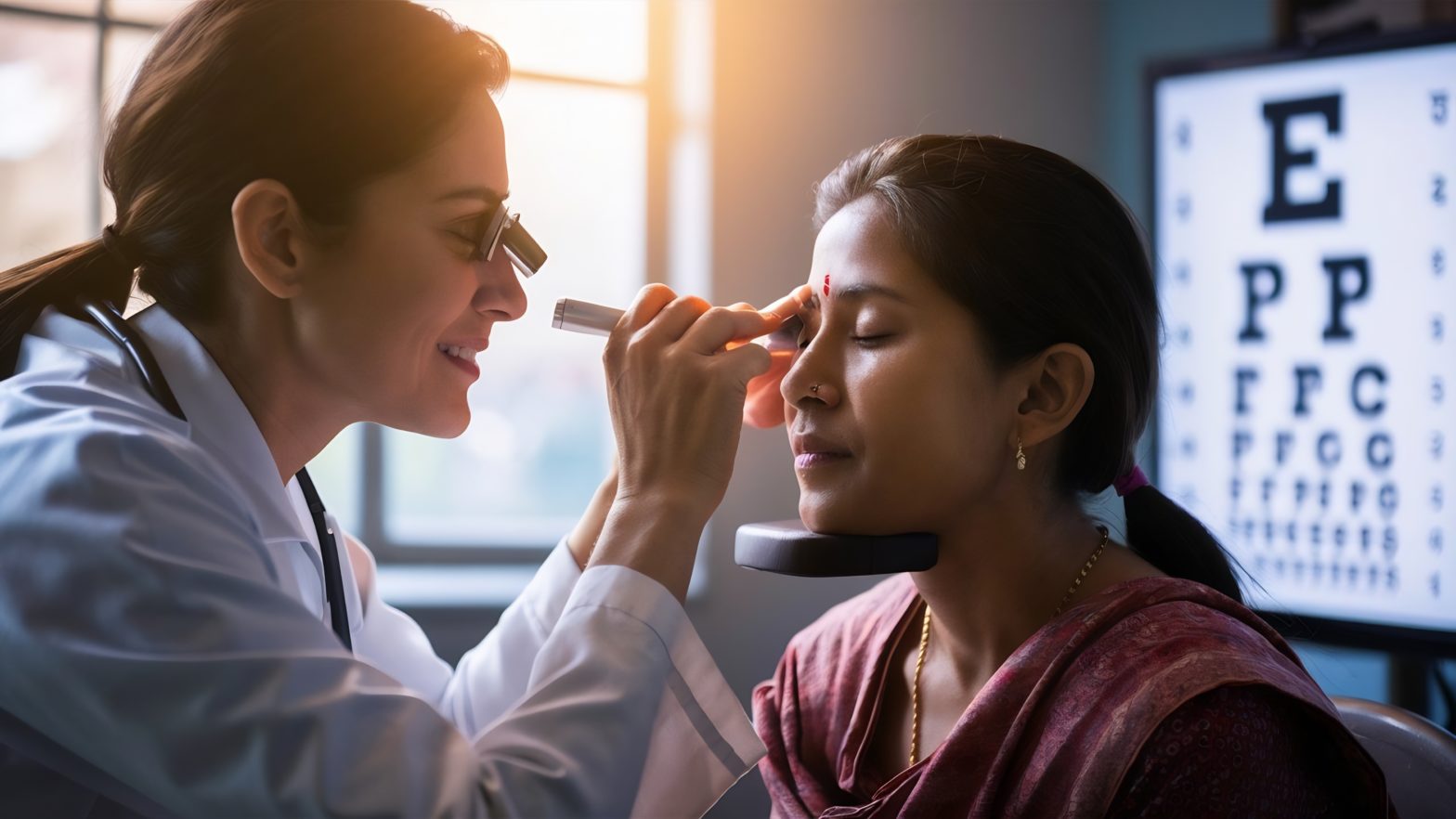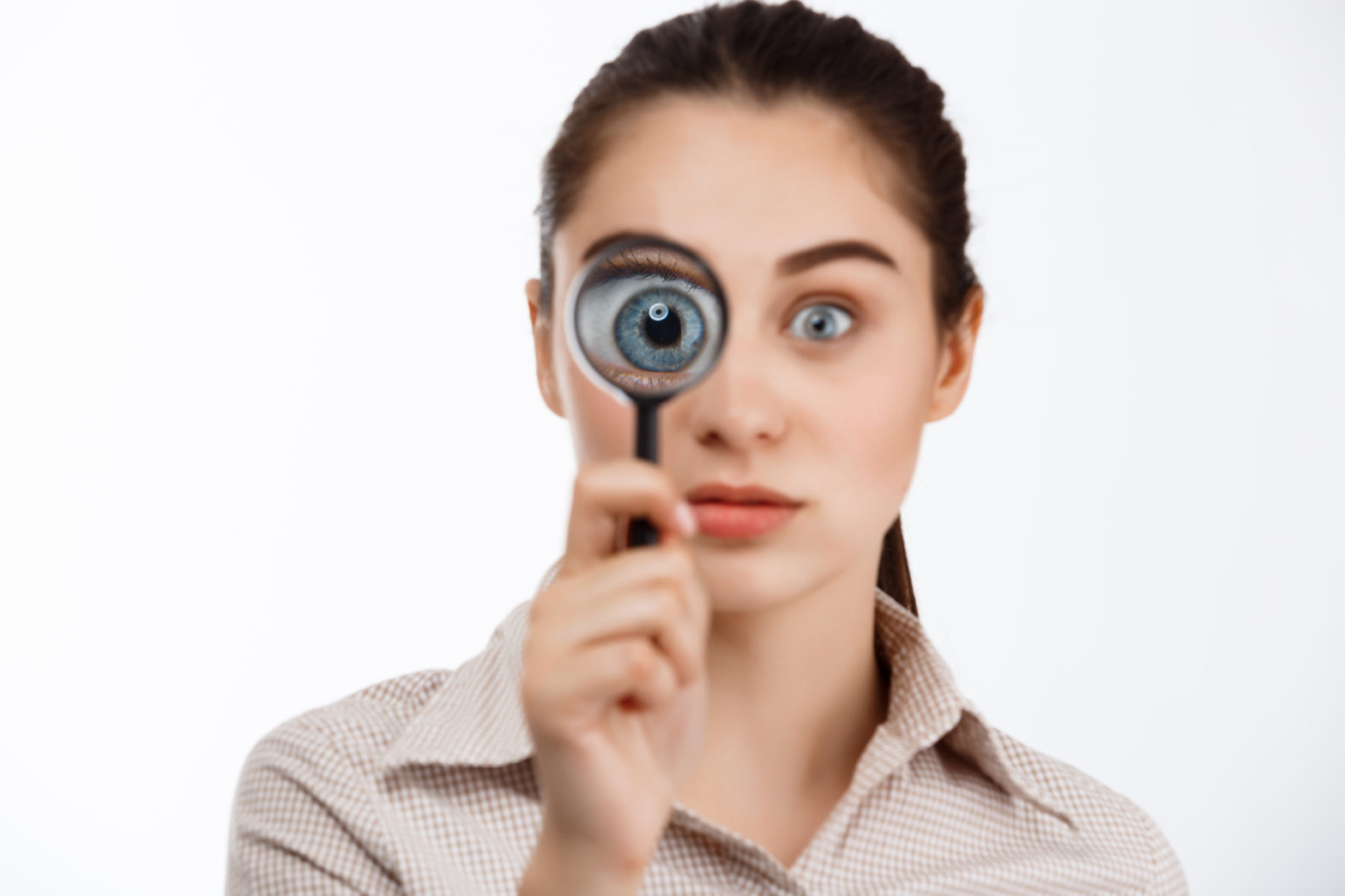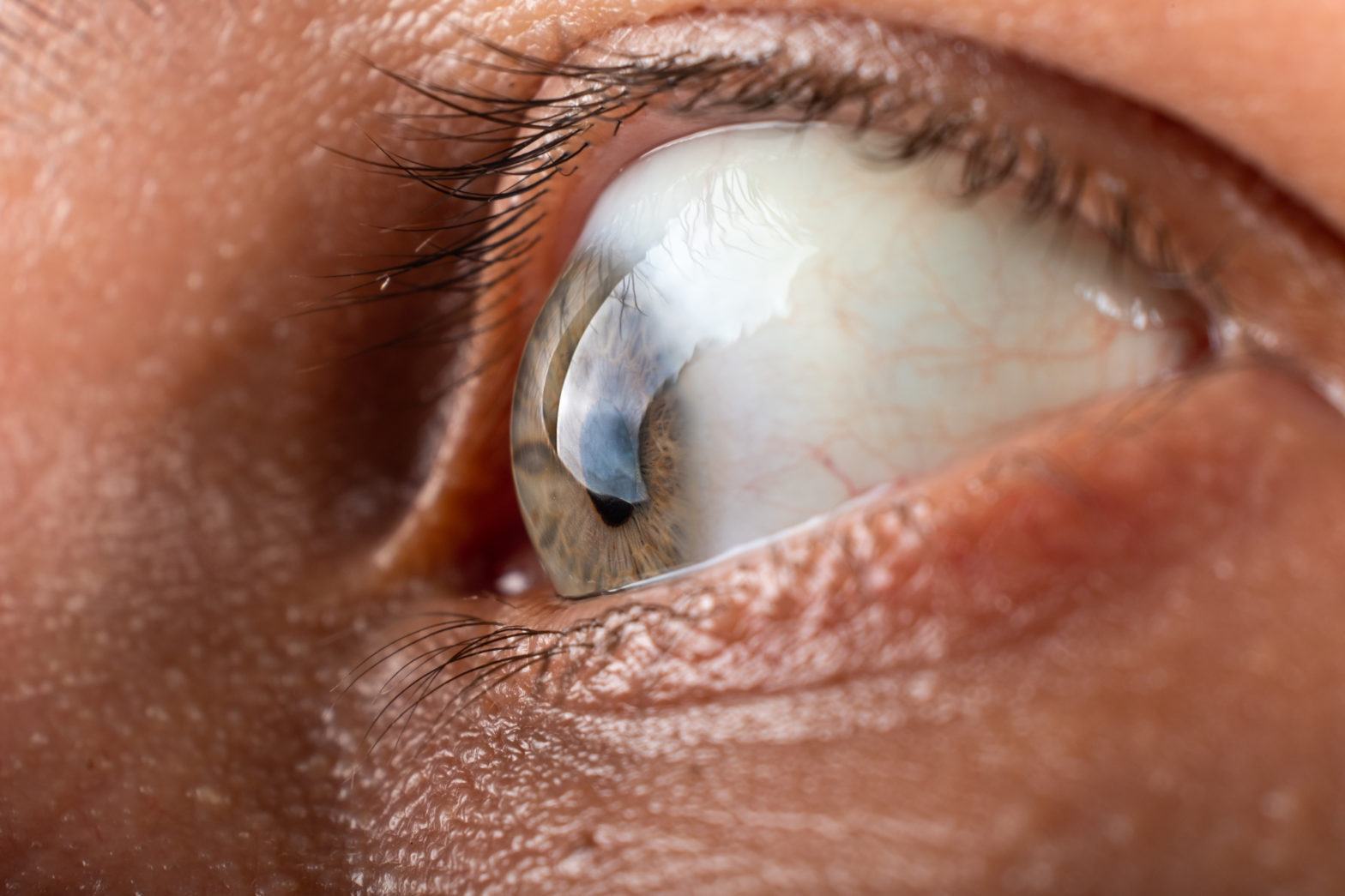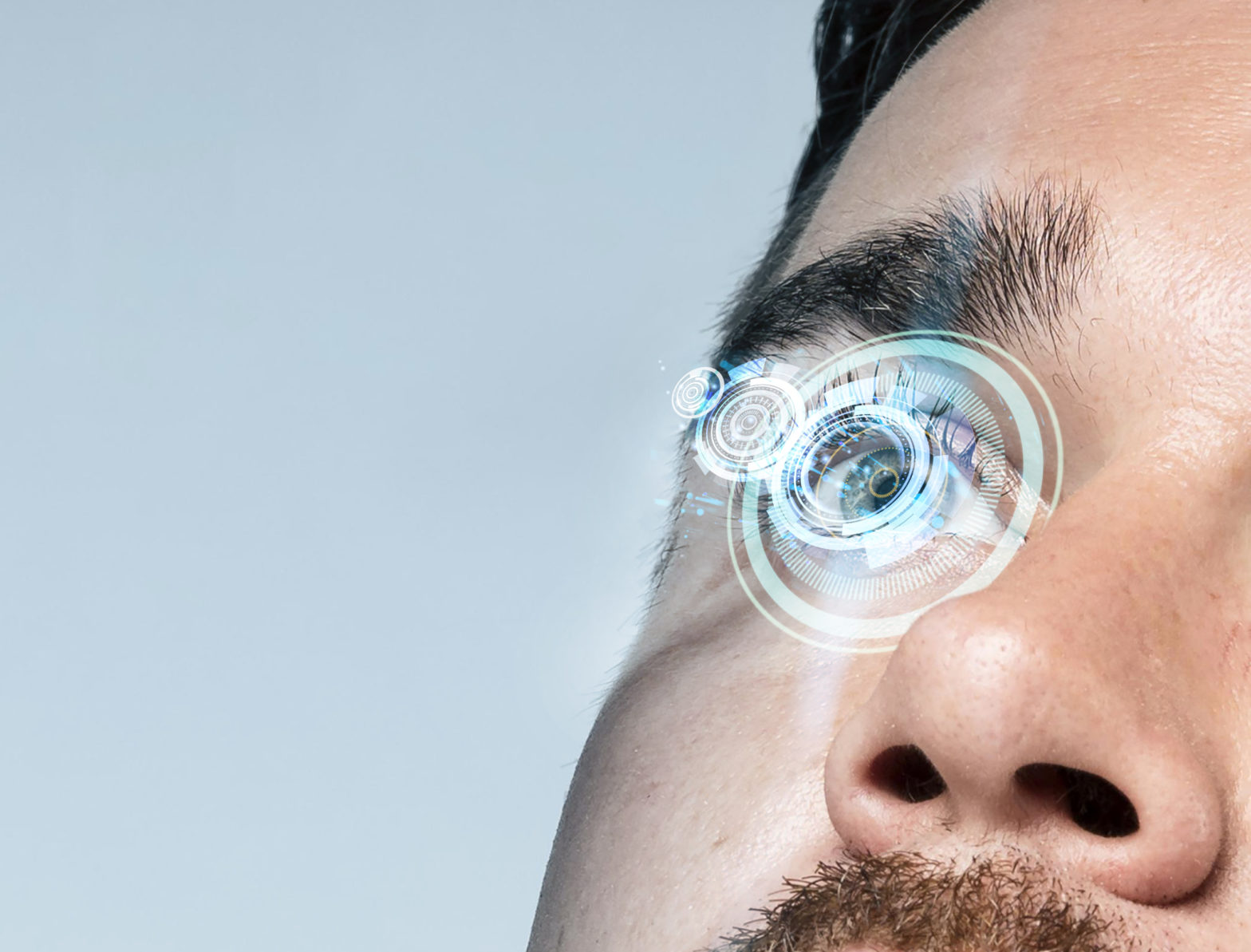20/20 vision is a term used to express the sharpness or clarity of vision – called the normal visual acuity, measured at a distance of 20 feet.
If you have ‘20/20 vision’, meaning is that you can see clearly at 20 feet what should normally be seen at that distance. If you have 20/100 vision, it means that you must be as close as 20 feet to see what a person with normal vision can see at 100 feet.
A perfect vision means not only 20/20 visual acuity but also other important vision skills, including peripheral awareness or side vision, eye coordination, depth perception, focusing ability and colour vision.
A child’s clarity of vision (visual acuity) has usually developed to 20/20 by the time the child attains six months of age.
Though the goal is 20/20 vision for all, not all individuals have the perfect 20/20 vision naturally. When vision is not 20/20, identifying the reason by checking with ophthalmologists or optometrists can get it back to 20/20 in many cases.
Some common causes for visual acuity lower than 20/20 are:
- Near-sightedness / Myopia – Requiring minus power in spectacles for 20/20 vision
- Farsightedness / Hypermetropia- Requiring plus power in spectacles for 20/20 vision
- Astigmatism /cylindrical power in spectacles for 20/20 vision
- Eye diseases like cataract, corneal diseases, diabetic retinopathy, age-related macular diseases, glaucoma – These can be treated appropriately by medications or surgery or other treatment methods to reach 20/20 vision
Regular eye screening included 20/20 vision test and can help identify and correct vision problems.
Eye care and routine eye screening begin at birth. The recommended schedule for an eye examination for a normal child begins with one in preschool age, followed by school screening for refractive errors and other diseases like squint (cross eyes), and regular yearly screening after 40 years of age for detecting and treating presbyopia (difficulty to read at a near distance) and common eye diseases like glaucoma and cataract. Yearly eye examination, specifically, retina examination in diabetic patients is a necessity to avoid preventable blindness.
Any defective vision identified in any of the above examinations warrants eye checks by an ophthalmologist as per the recommendation by the treating physician once the diagnosis is made.
There is another interesting rule which your eye doctor will mention if you have the necessity or habit of gazing at digital screens all day.
The 20-20-20 rule
Basically, every 20 minutes spent using a screen; you should try to look away at something that is 20 feet away from you for a total of 20 seconds.









